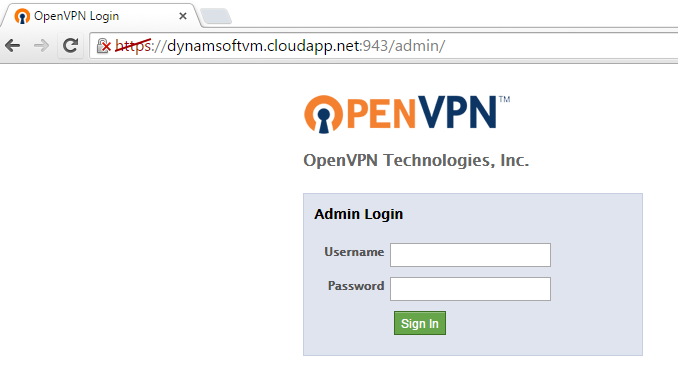

Run openvpn with sudo without password install#
Most of the times as a programmer using Linux, you will use the command line to perform operations like moving and renaming files, install software, etc. Many programmers and developers tend to choose Linux OS over the other OSes because it allows them to work more effectively and quickly, considering that, Linux just gives you much more control over your tools, hardware and overall work environment.Įvery developer must not use Linux as there are distributions that are really user friendly and you don’t need to have intricate knowledge of the system, but with the mentioned advantages of Linux including its malleability, It will surely be a good reason to give Linux a try. var/log/syslog or /var/log/messages.Linux has, in recent years, become the leading operating system on servers. Some distributions will write OpenVPN logs to the syslog e.g.

The diagnostic logging for the connection is available in the same Terminal window that you executed the connection command from. Most issues can be easily resolved by reviewing the logs. If you have the jq JSON parser program installed, it looks a little friendlier: curl | jq If you wish to have the OpenVPN connection establish automatically with the system start, please see the following guides for Ubuntu and Fedora.Ĭheck your external IP to verify that you are connected: curl The file will also be restored to the original state if you reboot your computer system.Ī more permanent DNS fix is available via this guide. You can undo the changes to the /etc/nf file by editing it with the nano editor and reversing the changes. # a comment is a line that starts with '#'

Comment out all non-blank lines and add one for our DNS server: sudo nano /etc/nf You could also use our global internal IP address: 10.0.254.1. The corresponding DNS server for this 10.x.y.z IP address is 10.x.y.1. First, find the VPN server IP address: ip a | grep tun This is automatic on most distributions, but some Debian-based distros have trouble with the extra DNS.Ī temporary fix is to edit the /etc/nf file to make sure the only DNS server present is ours. When the VPN connection is established, the resolvconf package will create a temporary backup of your computer system’s /etc/nf file and replace the contents with our internal DNS server. Sed -i 's:auth-user-pass:auth-user-pass /home/user/ivpn-openvpn-config/pass:' *.ovpnĪfter connecting to one of our OpenVPN servers, the internal DNS server for the VPN connection can be automatically added to the /etc/nf file if you have either the resolvconf or openresolv package installed. ovpn files can be changed at the same time: cd /home/user/ivpn-openvpn-config/ Press Ctrl+x to save the file and exit from the nano editor.Īll of the. A single file can be edited manually: nano /home/user/ivpn-openvpn-config/Austria.ovpnĬhange the auth-user-pass line to auth-user-pass /home/user/ivpn-openvpn-config/pass. ovpn files to point to your credential file. Protect your credentials from other users on your computer system: chmod 400 home/user/ivpn-openvpn-config/pass Press Ctrl+x to save the file and exit from the nano editor.
Run openvpn with sudo without password password#
Enter your account ID (starts with ‘ivpn’) on the first line and any password on the second line: nano /home/user/ivpn-openvpn-config/pass This known location might be the same ivpn-openvpn-config/ from the previous steps. Create a file called pass in a known location.

It is possible to create a file to store your credentials, which saves from entering them for each connection. You will see a few extra lines as the connection cleans up. You can also disconnect the VPN by pressing `Ctrl+c` in the Terminal window. Note: If you close the Terminal window with an active VPN connection, the VPN will be disconnected.


 0 kommentar(er)
0 kommentar(er)
